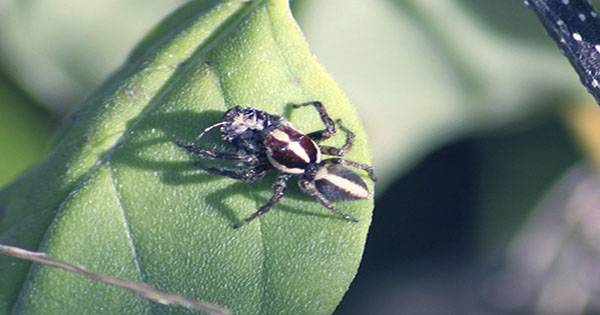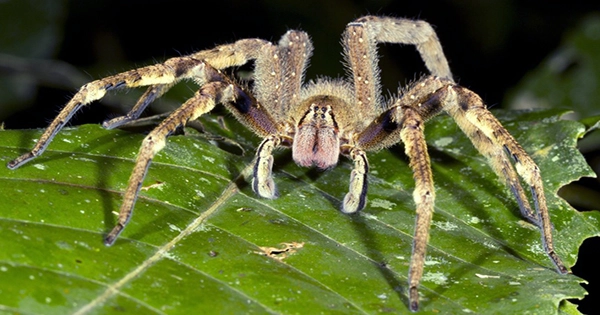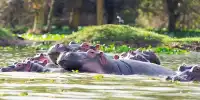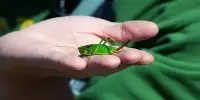Over the last few days, a photo of a massive spider has gone viral, with many people either 1) doubting whether it’s a photoshop or 2) recommending the home-owner to burn it down with fire. The good news is that 1) it is completely true and 2) it won’t be necessary. The snapshot comes from an Australian man who posted it to the Australian spider identification page on Facebook to show off his year-long house guest. The homeowner, Jake Gray, said he had been “seeing her grow” over the last year, referring to her as a massive huntsman spider.
If you’re not Australian, you’ll probably conclude it’s time to relocate if you see this, and you’ll assume the house is now theirs. Jake, on the other hand, looked up and definitely thought “housemate material.” Jake expressed his hope on Facebook that “she will grow some more” as time passes. “We’ve always accepted huntsman spiders in our home because of their appetite for cockroaches, and we don’t use harmful kill-all treatments for bugs,” Jake told IFLScience. “All you have to do is point and push flysprays.”

To assuage his son Jack and daughter Bella’s fears about having the spider reside with them, he and his family dubbed the spider Charlotte. “We first noticed Charlotte a year ago, and she was larger than usual,” says the narrator, adding that “watching her consume an Asian house gecko was a delight.”
While it may appear to be frightening, as evidenced by people in the comments saying “bruh, that’s the spider’s house now” and sharing gifs of Michael Scott shrieking “NO,” this species isn’t as dangerous as it appears. Although Holconia immanis, often known as the Banded huntsman or Sydney huntsman, has venom, it is doubtful that it will be used against people. They (the cowards) choose to flee rather than bite, and if they did bite you, the consequences would be minor.
They mostly hurt you by frightening you into doing something stupid, such as freaking out and driving your car into a lake, as one man did in 2016 after one touched his arm. The spiders are mostly harmless, and they even serve as a pest-control function by removing other unwelcome visitors, most of whom are smaller than this unlucky possum.
The spiders are rapid and can grow up to 15 centimeters (six inches) in length, so staying cool is the best way to cope with them (though it’s easier said than done). “What should you do if a large spider is discovered in your automobile or living room?” First and foremost, get a handle on things! In an essay about spiders, behavioral ecologist and spider expert Linda S. Rayor stated, “She isn’t going to hurt you.”
“Second, locate a take-out container, scoop the spider inside, and release it outdoors.” Because they rely on speed to avoid most predators, huntsman spiders rarely bite people. When they do bite, it’s usually a brief defensive nip that doesn’t inject venom. I’ve handled thousands of Australian huntsman spiders in 14 years of research and have only been bitten 11 times when I (probably) deserved it.”















